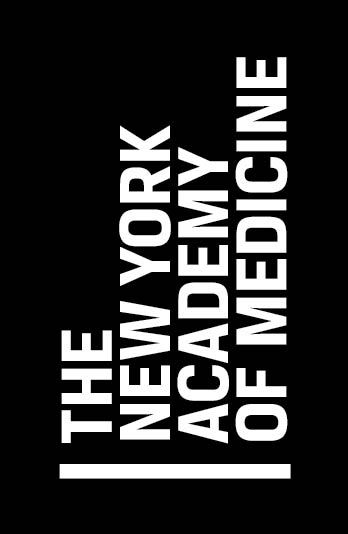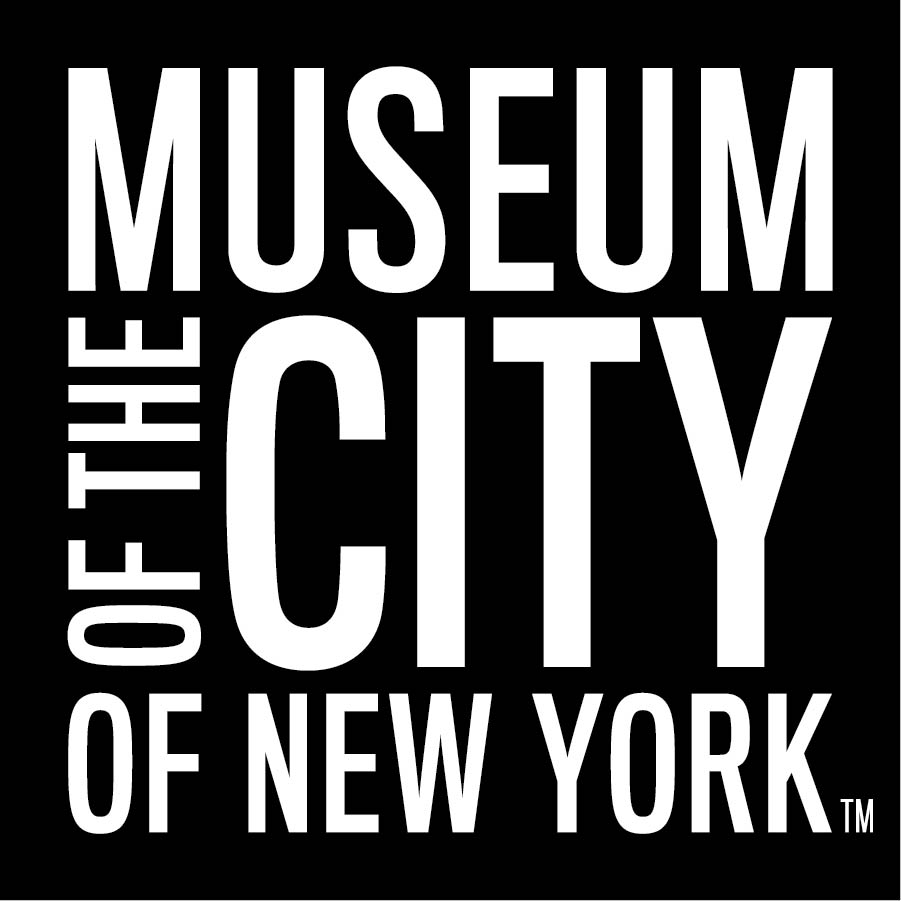This is a Germ City: Microbes and the Metropolis Event



Venue
Meet at the Roosevelt Island Visitor Center Kiosk at Tram Plaza on the island
Cost
$30 Academy Fellows & Members, Library Donors; Museum Members | $45 General public
This event is sold out. To join the waitlist, please email culturalevents@nyam.org with your name, contact information and number of tickets requested. Thank you for your interest!
On the edge of the island of Manhattan is the oft-overlooked Roosevelt Island, which has a long legacy of being on the cutting edge of medical innovation and health. Join a tour guide from the Roosevelt Island Historical Society to explore the abandoned hospitals and laboratories on Roosevelt Island and the stories they tell of New York City’s historic approach to public health.
The tour meets at the Roosevelt Island Visitor Center Kiosk at Tram Plaza, accessible by the Roosevelt Island Tram with an active metrocard, and concludes on the island. It will take place rain or shine. Participants will be on their feet for approximately 90 minutes and should wear sturdy close-toed shoes. Participants may also wish to bring a bottle of water, sunscreen, and hat or sunglasses.
This program accompanies the exhibition Germ City: Microbes and the Metropolis (opens September 14, 2018). The program is presented by The New York Academy of Medicine and the Museum of the City of New York, and supported by Wellcome as part of Contagious Cities. To view all of the programs in this series, click here.
About the Tour Guide
Judith Berdy, President of the RIHS will lead the tour. The Roosevelt Island Historical Society promotes awareness of the Island’s unique story and pursues preservation of its landmarks and artifacts. The purpose of the Society is to recover, maintain and disseminate the record of Roosevelt Island’s heritage from Colonial times to the present. The Society accomplishes these goals by collecting artifacts, documents, publications, photographs, prints, and other media recording the history of the island and its inhabitants; maintaining those collections and making them accessible to the public; and by conducting educational programs, including tours, lectures, exhibitions, and publications.
Image courtesy of Isometric Studio
View our COVID-19 Safety Protocols for attending NYAM public events.